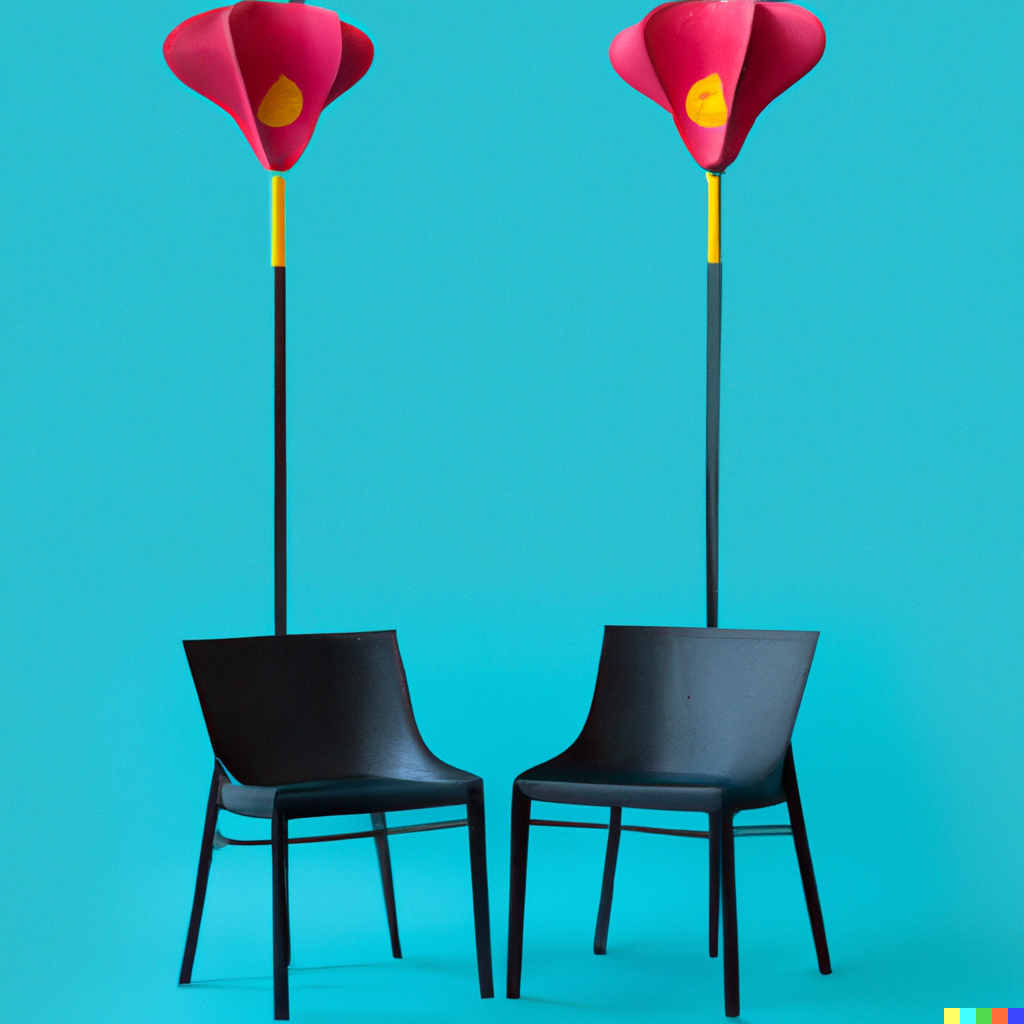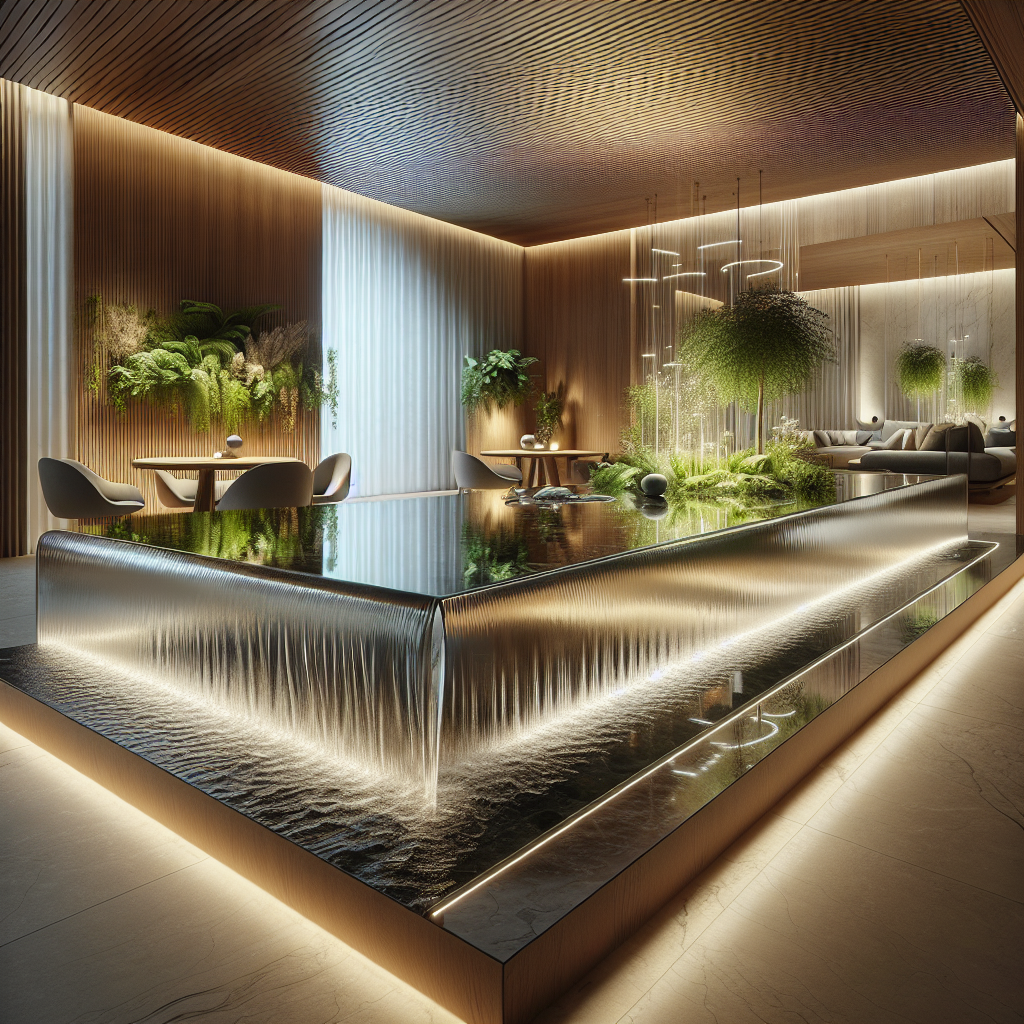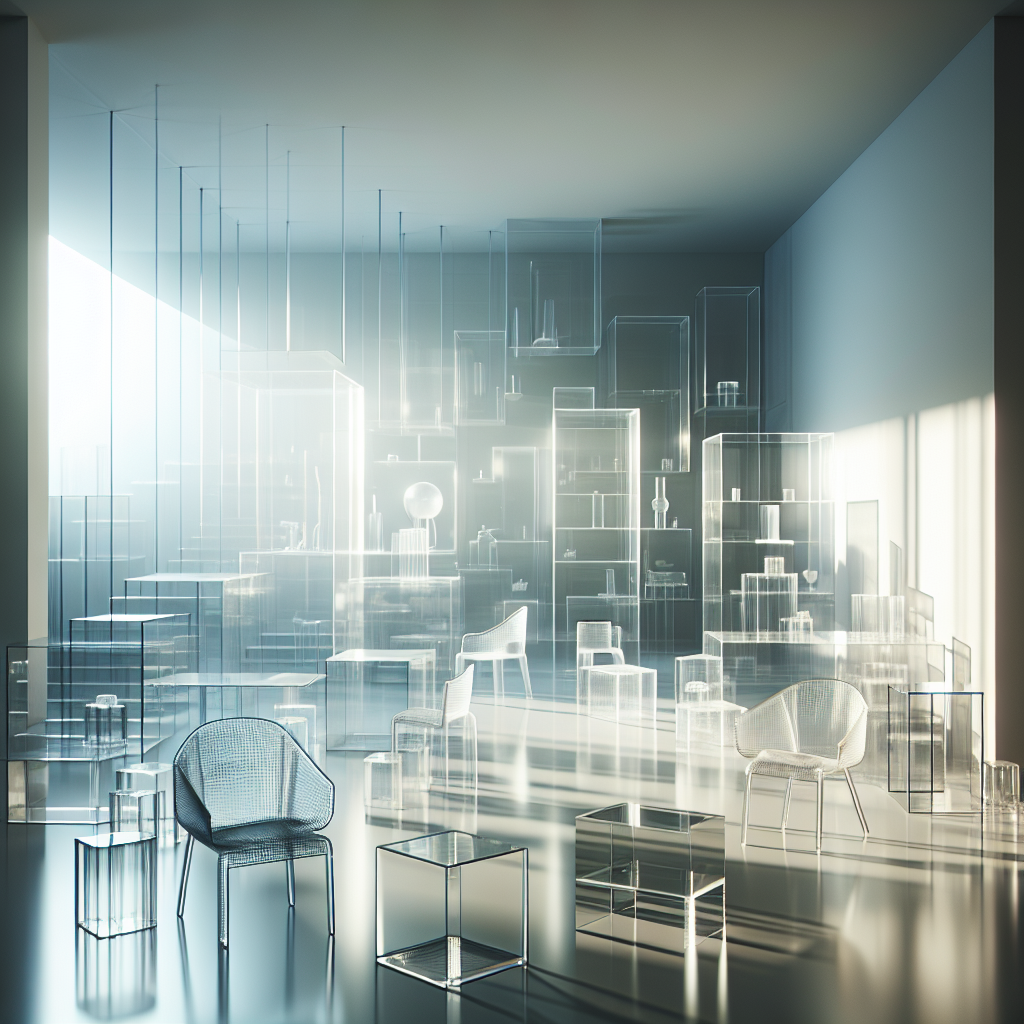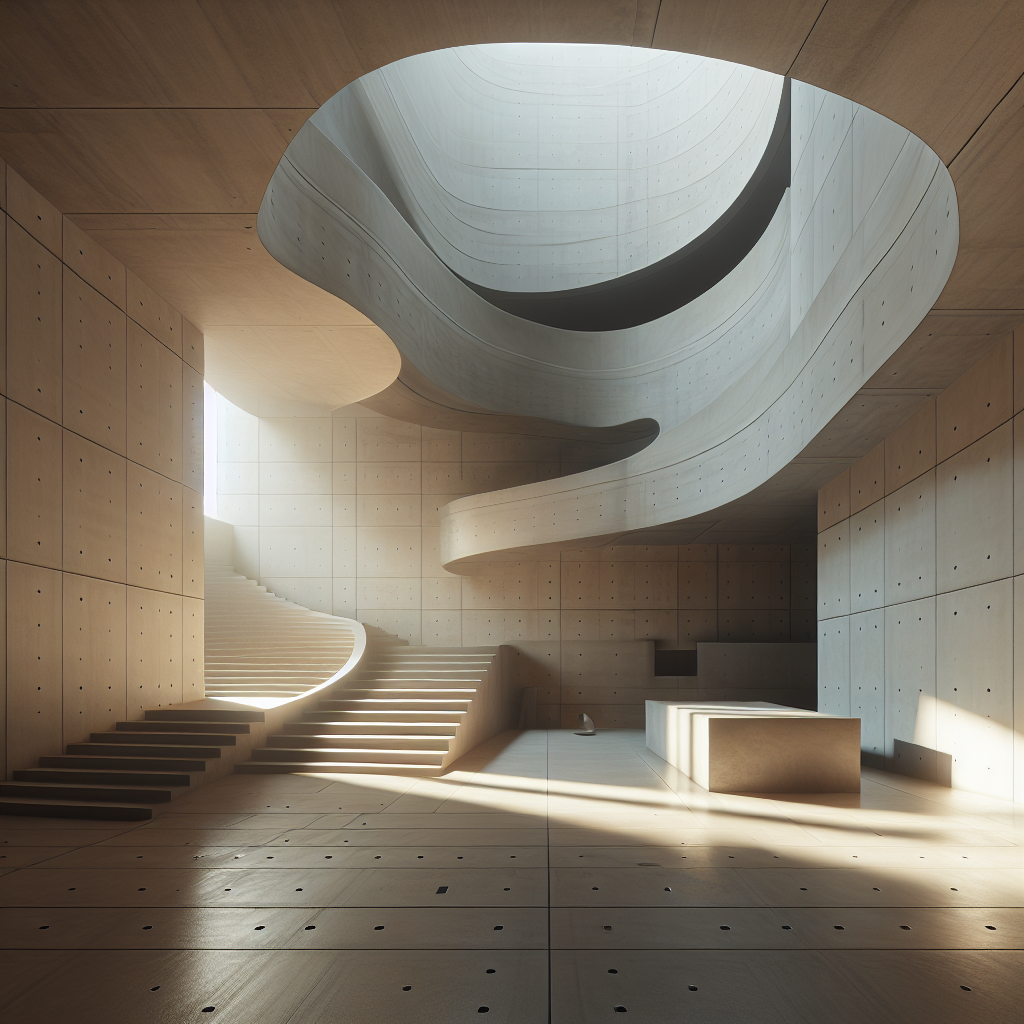Embracing Whimsy: The Significance of Playfulness in Modern Design for Furniture and Lighting

The Evolution of Whimsy in Design
As the world evolves, so do our interior spaces. In recent years, there has been a significant shift in the design industry, marked by a delightful embrace of playfulness and whimsy in contemporary furniture and lighting pieces. Historically, design has often been driven by functionality and minimalism, with less emphasis on the emotional impact of a piece. But in recent years, designers have increasingly sought to infuse their creations with a sense of playfulness and wonder, reflecting a desire to bring more joy and lightheartedness into our everyday lives.
Examples of Whimsical Design
This shift has led to the rise of whimsical furniture and lighting designs, which prioritize creativity, fun, and imagination in their form and function. A prime example of this trend is the work of Dutch designer Marcel Wanders, known for his playful and innovative designs. Similarly, the imaginative creations of Studio Job, a Belgian design duo, captivate audiences with their vibrant colors, unconventional shapes, and tongue-in-cheek humor. These pieces exemplify the spirit of whimsy in contemporary design, inviting users to explore and engage with their environment in novel ways.
Benefits of Playfulness in Design
The incorporation of playfulness and whimsy into contemporary design is not merely an aesthetic choice; it offers numerous psychological and social benefits. For one, playful design encourages creativity and self-expression, allowing individuals to connect with their inner child and explore their imaginative potential. Furthermore, playful design fosters a sense of well-being and happiness, as whimsical objects and spaces can evoke feelings of joy, curiosity, and wonder.
Social Benefits of Playful Design
In addition to these personal benefits, the integration of playfulness into design can also enhance social interactions. Whimsical furniture and lighting pieces serve as conversation starters, encouraging dialogue and fostering connections between individuals. Moreover, such designs often have a universal appeal, transcending cultural and linguistic barriers to bring people together.
Moving Forward with Playful Design
Notably, the role of playfulness in design extends beyond residential spaces, influencing commercial and public environments as well. Playful design elements have been incorporated into offices, restaurants, hotels, and public spaces, fostering a more engaging and enjoyable atmosphere for all. As the role of playfulness in contemporary design continues to gain traction, it’s essential for designers and consumers alike to understand the value of whimsy in shaping our experiences and environments. By embracing playfulness in furniture and lighting design, we can create spaces that nurture our creativity, foster connections, and bring more joy into our lives.





